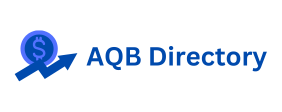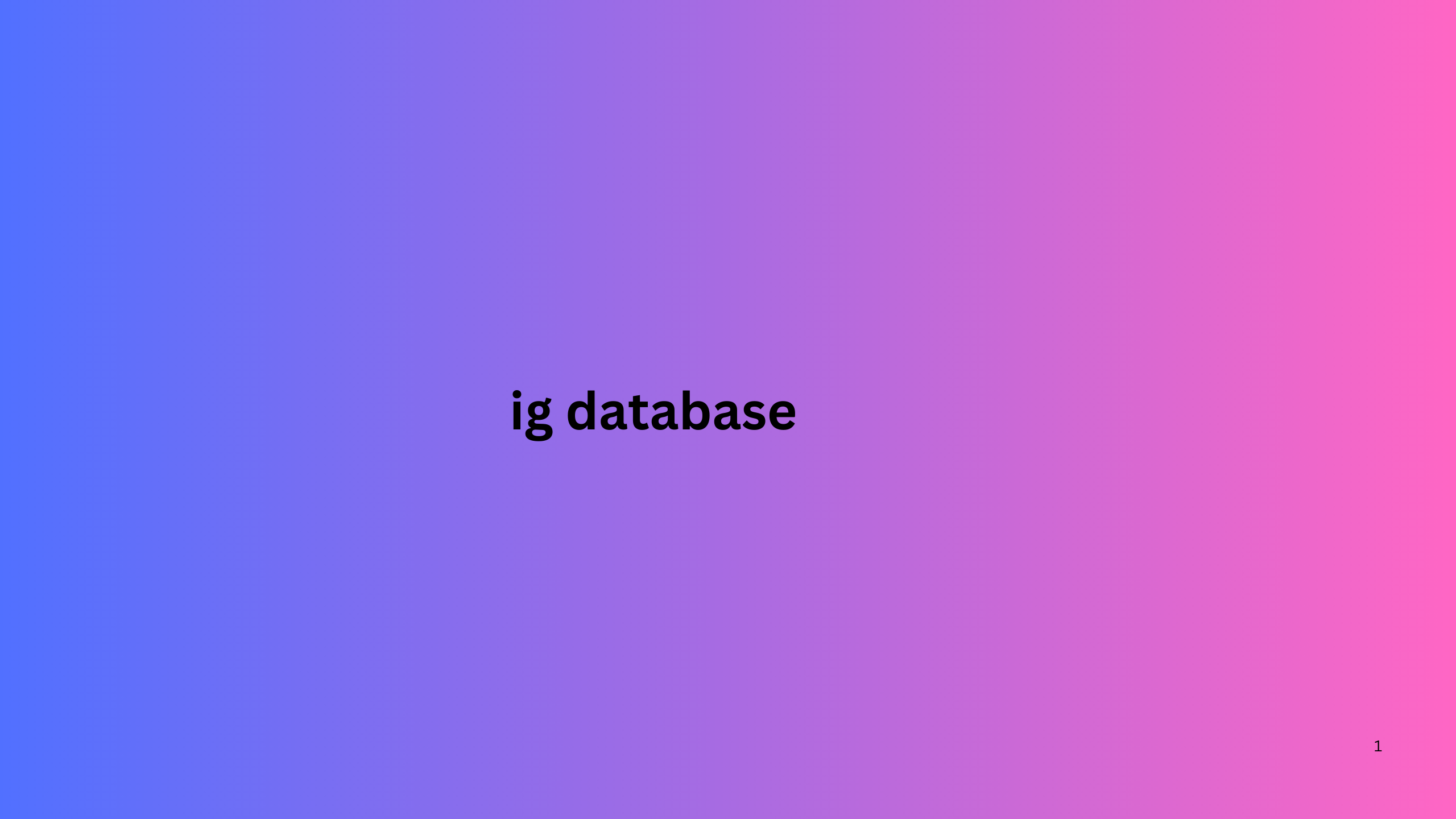In today’s competitive market, acquiring new customers is important customer retention in marketing, but retaining existing ones is even more crucial. Studies show that retaining a customer is significantly more cost-effective than acquiring a new one. Special databases are powerful tools that businesses can use to boost customer retention through personalized interactions, targeted campaigns, and data-driven strategies.
This article explores how leveraging special databases can enhance customer retention and ensure long-term business growth.
Why Customer Retention is Vital
1. Cost-Effectiveness
Retaining customers costs less than acquiring new ones. A well-maintained special database allows businesses to focus on nurturing existing relationships.
2. Higher Profit Margins
Loyal customers are more likely to make repeat purchases and recommend your brand to otherscustomer retention in marketing ig database, driving higher revenue and profitability.
3. Improved Customer Lifetime Value (CLV)
Retained customers contribute to a higher CLV, making them a valuable asset for any business.
How Special Databases Enhance Customer Retention
1. Understanding Customer Behavior
Special databases store detailed customer data, such as purchase history customer retention in marketing, browsing patterns, and engagement frequency. Analyzing this data provides insights into:
- Preferences: What products or services customers prefer.
- Spending Habits: Frequency and amount of purchases.
- Engagement Trends: How often customers interact with your brand.
These insights enable businesses to anticipate customer needs and create strategies to meet them proactively.
2. Personalized Communication
Personalization is key to building strong relationships. With special databases, you can:
- Send targeted offers based on purchase history.
- Share personalized content that aligns with customer interests.
- Acknowledge milestones such as birthdays or anniversaries with special discounts.
Example: A beauty brand can use its database to send personalized emails like: “Hi Sarah, we noticed you’re running low on your favorite moisturizer. Here’s a 10% discount to stock up!”
3. Targeted Loyalty Programs
Special databases can help design and manage loyalty programs that keep customers engaged.
- Reward Frequent Purchases: Offer points or discounts to repeat buyers.
- Exclusive Perks: Provide early access to sales or VIP offers for loyal customers.
- Custom Rewards: Tailor rewards based on customer preferences customer retention in marketing, increasing program appeal.
Example: A coffee shop could reward customers who purchase 10 drinks with a free beverage,customer retention in marketing tracked seamlessly through the database.
4. Proactive Customer Support
Using a database to track customer interactions allows businesses to address issues promptly and enhance customer satisfaction.
- Follow-Up on Complaints: Reach out to dissatisfied customers with solutions or compensation.
- Offer Post-Purchase Support: Provide tutorials , tips, customer retention in marketing or check-ins to ensure customers are happy with their purchase.
For example, an electronics store can use its database to remind customers about warranty expiration and offer extended coverage.
Best Practices for Leveraging Special Databases
1. Keep Data Updated and Accurate
An outdated or inaccurate database can hinder your retention efforts. Regularly update customer records by:
- Removing duplicate entries.
- Validating contact information.
- Encouraging customers to update their preferences.
2. Ensure Data Security
Customers trust businesses to keep their data safe. Protect your database by:
- Encrypting sensitive information.
- Restricting access to authorized personnel.
- Complying with regulations like GDPR and CCPA.
3. Analyze and Act on Feedback
Use your database to track customer feedback and identify trends. Address recurring issues and incorporate suggestions to improve your offerings.
4. Automate Retention Campaigns
Integrate your database with marketing automation tools to streamline retention efforts. Examples include:
- Automated Re-Engagement Emails: Target customers who haven’t interacted recently.
- Triggered Offers: Send discounts or reminders based on customer actions customer retention in marketing, like abandoning a cart.
Real-Life Examples of Customer Retention with Special Databases
1. Boosting Subscription Renewals
A SaaS company analyzed its database to identify users nearing subscription expiration. By sending reminders and offering discounts customer retention in marketing a complete guide to buying email databases for marketing success, they increased renewal rates by 30%.
2. Enhancing Loyalty Program Participation
A retail chain used its database to segment high-value customers and offered exclusive perks customer retention in marketing chine directory, leading to a 20% increase in loyalty program engagement.
3. Re-Engaging Dormant Customers
An online bookstore identified inactive customers through its database and sent personalized emails with curated book recommendations, reactivating 15% of them.


